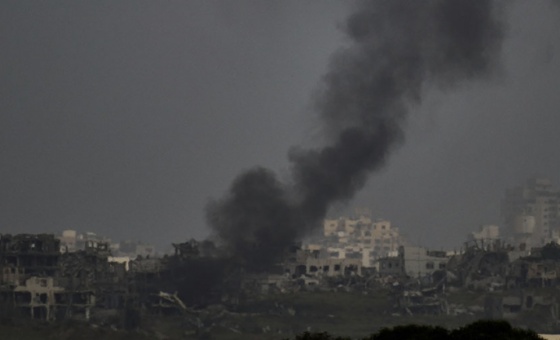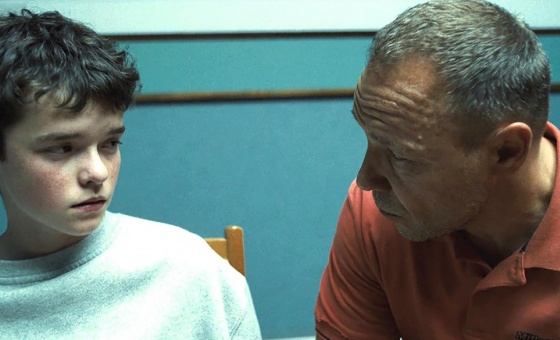This is the last article you can read this month
You can read more article this month
You can read more articles this month
Sorry your limit is up for this month
Reset on:
Please help support the Morning Star by subscribing here
TO HAVE been active in the 1984-5 miners’ strike you need to be at least in your mid-forties.
Of course, many senior activists in the labour movement are in that age bracket — myself included — and will recall with pride the role they played in that key battle between Thatcher and working people.
Remembering our history is important but so is how we recall it and for what purpose.
No doubt some will say that the miners’ strike was a glorious struggle, but from a time that is now past.
There are few miners now in Britain and not much of a coal industry.
However there is at least one area which retains striking relevance for today and that is the role of the huge range of miners’ support groups that sprang up during the great strike.
They were about solidarity with workers fighting to maintain their jobs, their conditions and their dignity.
Times and industries may change but the fundamental basis of working-class solidarity remains a constant.
There is some literature about the support groups, but it is mostly out of print and because 30 years ago was a pre-internet time it is not easily accessible to activists now.
So just as historians of the first world war are busy uncovering the local networks of conscientious objectors there is a need for activists to recover and remind us of the work of the support groups of ’84-5.
Some, such as the St Albans one, are having reunions to help the process.
The discussion and debates that went on about how to make sure the support groups were effective are part of our history — and they are still important for any labour movement activist today.
The official labour movement mainly relied on twinning between individual pits or National Union of Mineworkers areas and local support groups.
That way, what was collected in terms of money and food went to those people who had the best visibility of who might need it.
But the support groups went far wider than the ranks of the official movement.
For example in London, and this remains at best partly documented, while there were borough-wide support groups often co-ordinated by local trades councils there were also smaller groups in localities and even on occasion streets.
Often the links were with individual miners or groups of miners with visits being made to mining areas and miners being billeted in the homes of supporters so they could go out and raise the profile of the strike in the capital.
Then there were the lesbian and gay miners’ support groups and the women’s support groups that focused on bringing particular areas of society into solidarity work.
Today this might seem a commonplace, but 30 years ago it was groundbreaking.
There were also workplace support groups.
I myself ran a BT London miners’ support group which saw regular workplace collections for the strike.
All this was vital to keeping the strike going for a year but it went far beyond that.
It demonstrated how working-class communities worked and how, through the work of labour movement activists and socialists, they could be organised and harnessed into a powerful grass-roots movement.
There are few studies but there is some evidence that the support groups provided the basis for a future generation of labour movement activists, many of whom are still around today.
In short if the 1984-5 strike is now an important part of our history the work of the support groups remains an inspiration to all those fighting today.
It is a living history.







